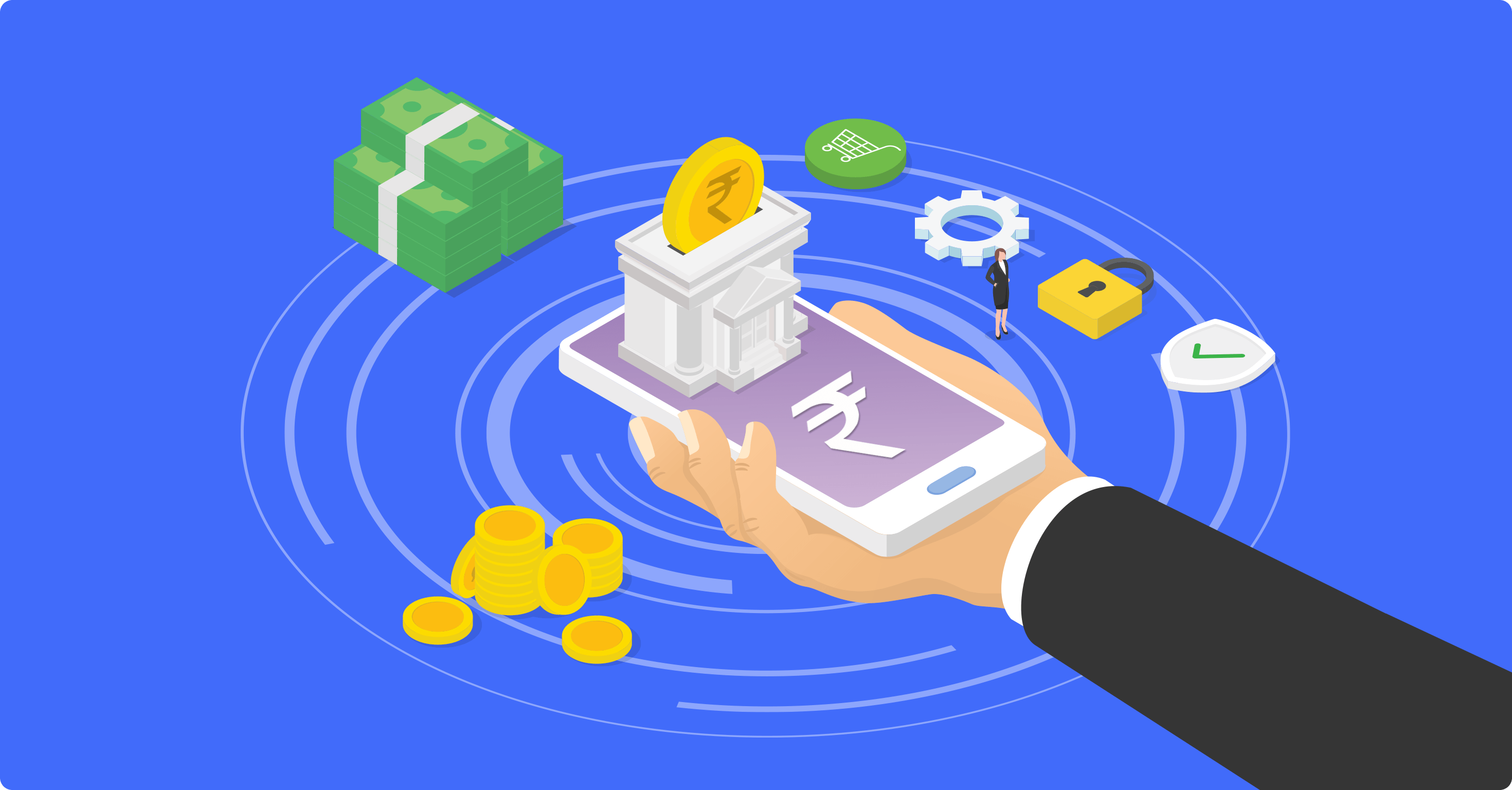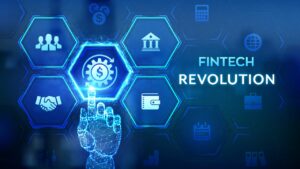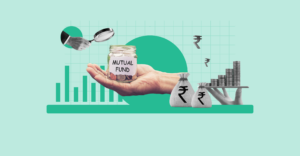The way people manage their money has changed dramatically over the past decade. Traditional banking, once characterized by long queues and cumbersome paperwork, is rapidly being replaced by digital-first solutions that prioritize convenience, efficiency, and accessibility. Digital banking is no longer a niche trend—it’s the future of finance. But what does this transformation mean for consumers, and how is it reshaping the financial landscape, and what benefits we get from digital banking?
The Evolution of Digital Banking
Digital banking encompasses a range of financial services offered online or through mobile apps, eliminating the need for physical branches. From mobile wallets and neobanks to AI-driven financial tools, digital banking has redefined the way consumers interact with their finances. The pandemic further accelerated this shift, forcing traditional banks to enhance their digital offerings and pushing more consumers toward online banking solutions.
How Digital Banking is Transforming Consumer Experience
1. Convenience and Accessibility
Gone are the days when banking required a trip to the local branch. With digital banking, consumers can manage their accounts, transfer funds, and even apply for loans—all from the comfort of their homes. Mobile banking apps provide 24/7 access, allowing users to conduct transactions anytime, anywhere.
2. Cost Efficiency
Digital banks often operate with lower overhead costs than traditional financial institutions, enabling them to offer lower fees and better interest rates. Consumers benefit from reduced or zero maintenance fees, competitive savings rates, and lower transaction costs.
3. Enhanced Security Measures
Security is a top priority in digital banking, with institutions implementing advanced measures such as two-factor authentication (2FA), biometric verification, and AI-driven fraud detection. Blockchain technology is also being explored to create tamper-proof financial records and improve transaction security.
4. AI and Personalized Financial Services
Artificial Intelligence (AI) is playing a crucial role in digital banking by offering personalized financial recommendations, budgeting tools, and automated investment advice. Robo-advisors help users make data-driven investment decisions, while AI-powered chatbots provide real-time customer support.
5. Faster Transactions and Payments
With the rise of digital wallets like Apple Pay, Google Pay, and PayPal, consumers can complete transactions in seconds. Real-time payments and instant transfers are becoming the norm, eliminating the delays associated with traditional banking methods.
The Rise of Neobanks and Challenger Banks
Neobanks—digital-only banks without physical branches—are gaining popularity worldwide. Companies like Revolut, Monzo, and Chime offer seamless banking experiences with innovative features such as automatic savings, spending insights, and cryptocurrency integration. These challenger banks are forcing traditional institutions to innovate and adapt to changing consumer expectations.
Challenges and Considerations for Consumers
While digital banking offers numerous benefits, it also presents challenges:
- Cybersecurity Risks: Increased reliance on online banking makes consumers more vulnerable to cyber threats such as phishing scams and data breaches.
- Limited Human Interaction: Some consumers still prefer face-to-face interactions, which digital banks lack.
- Digital Divide: Not all individuals have access to the internet or are comfortable using digital banking tools, limiting financial inclusion.
The Future of Digital Banking
Digital banking is set to become even more integrated into daily life, with innovations like AI-driven financial assistants, blockchain-based transactions, and expanded financial inclusion initiatives. As technology advances, consumers can expect even greater convenience, security, and efficiency in managing their finances.
Conclusion
The rise of digital banking marks a fundamental shift in the way people interact with money. Consumers now enjoy unprecedented access, convenience, and control over their finances, thanks to mobile banking, AI-driven solutions, and secure online transactions. While challenges remain, the benefits of digital banking far outweigh the drawbacks, making it an essential part of the financial future. As the industry continues to evolve, consumers should stay informed and embrace the opportunities that digital banking presents.








